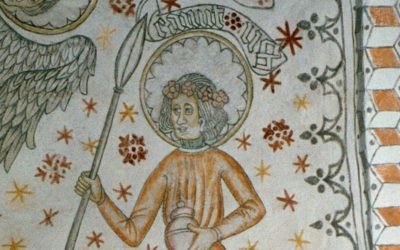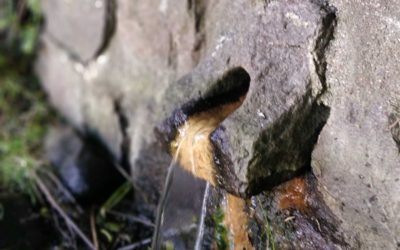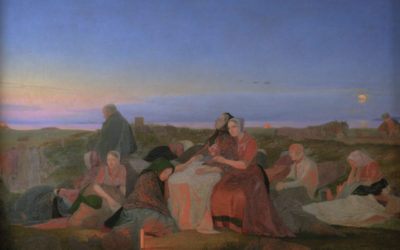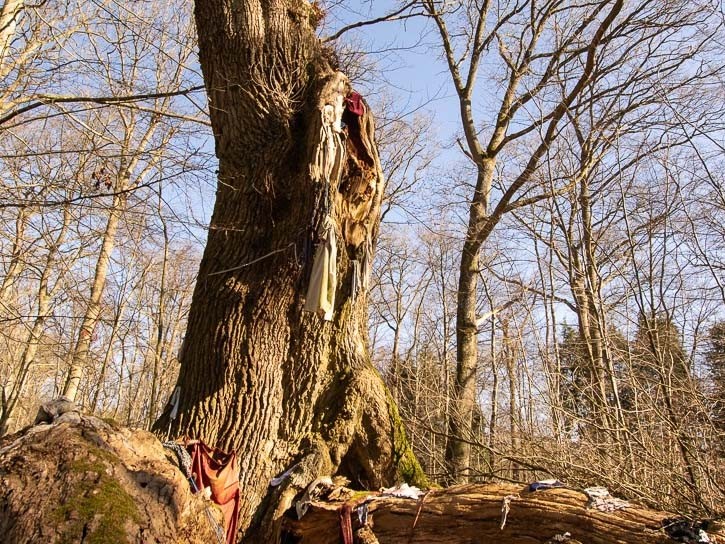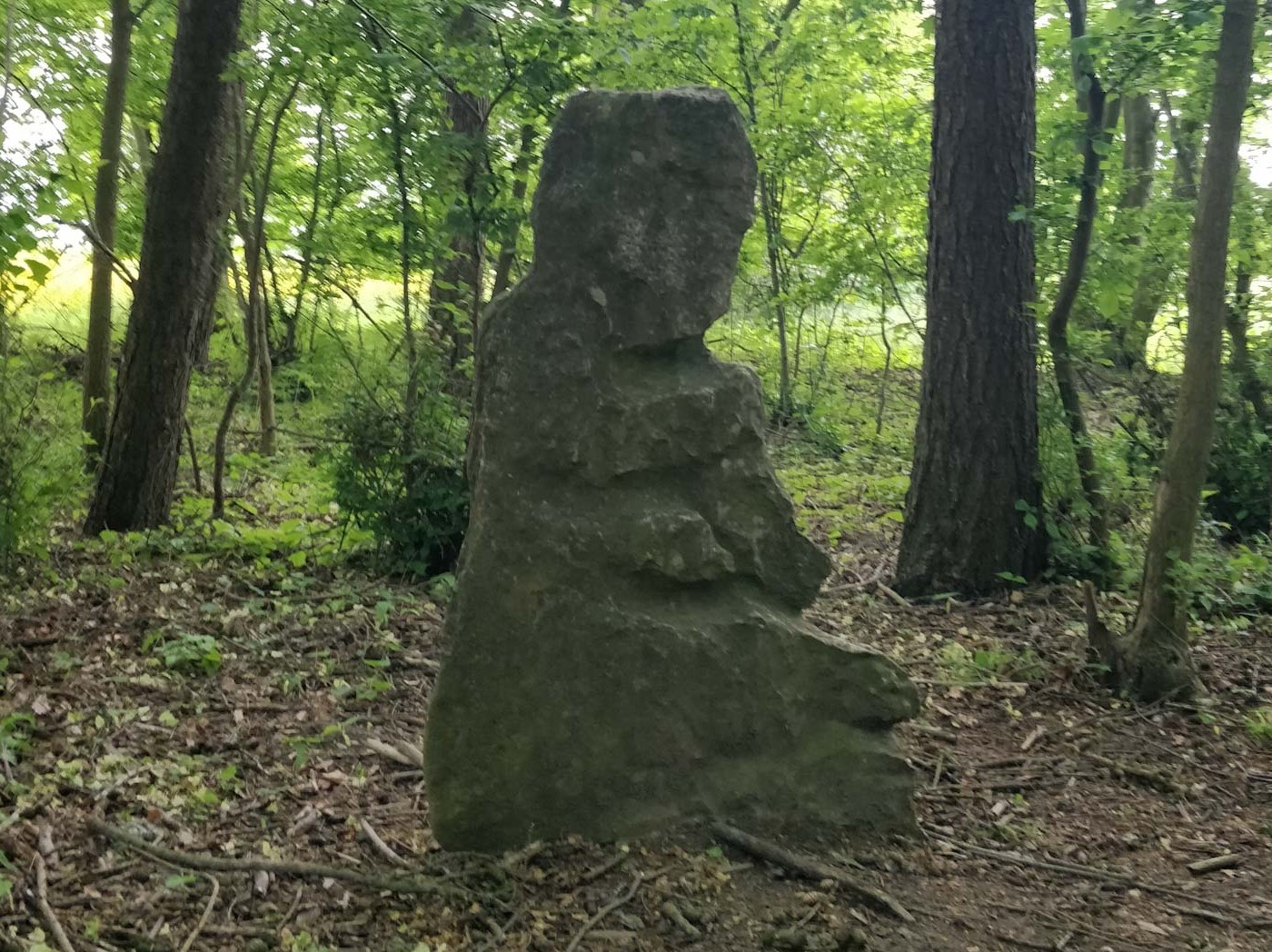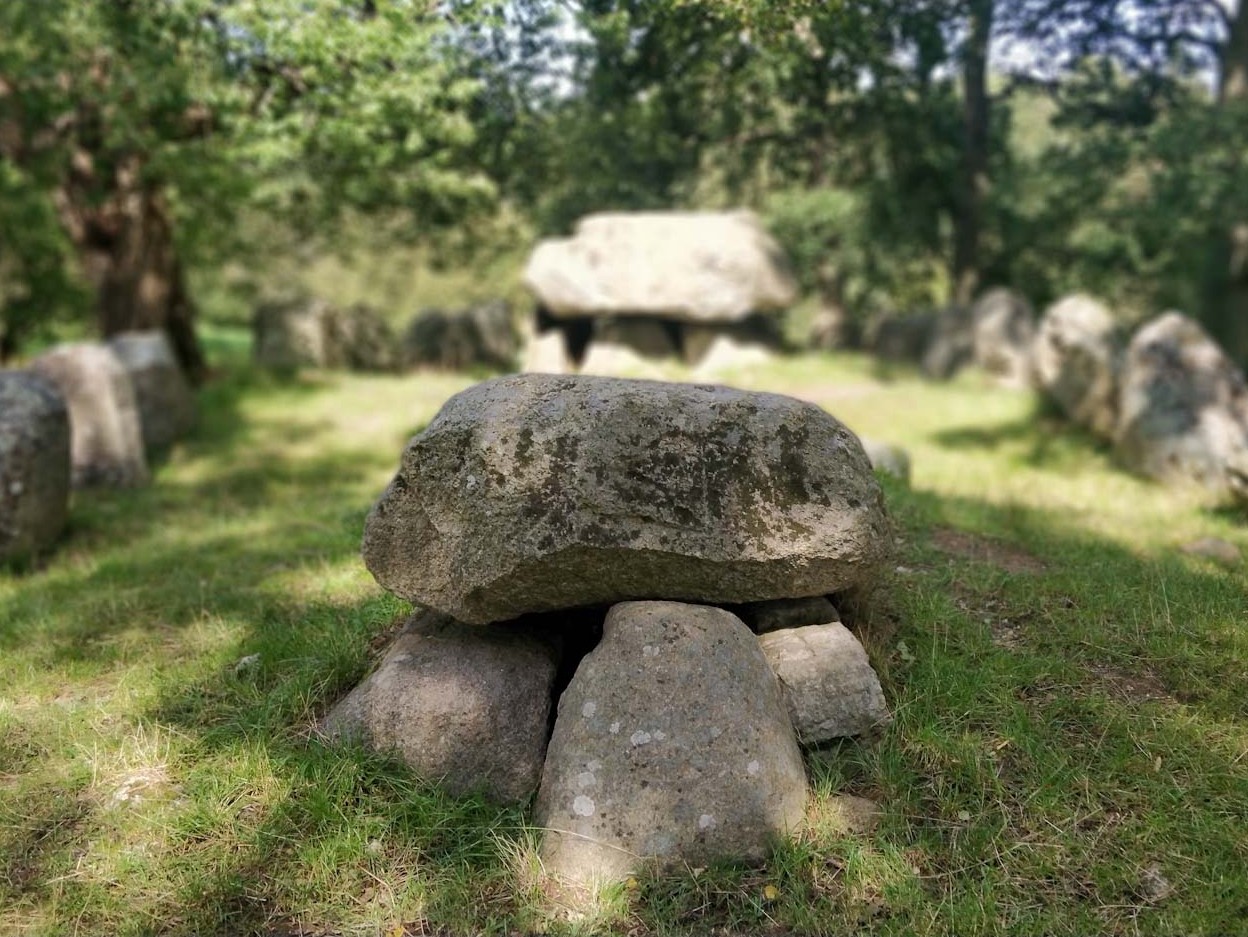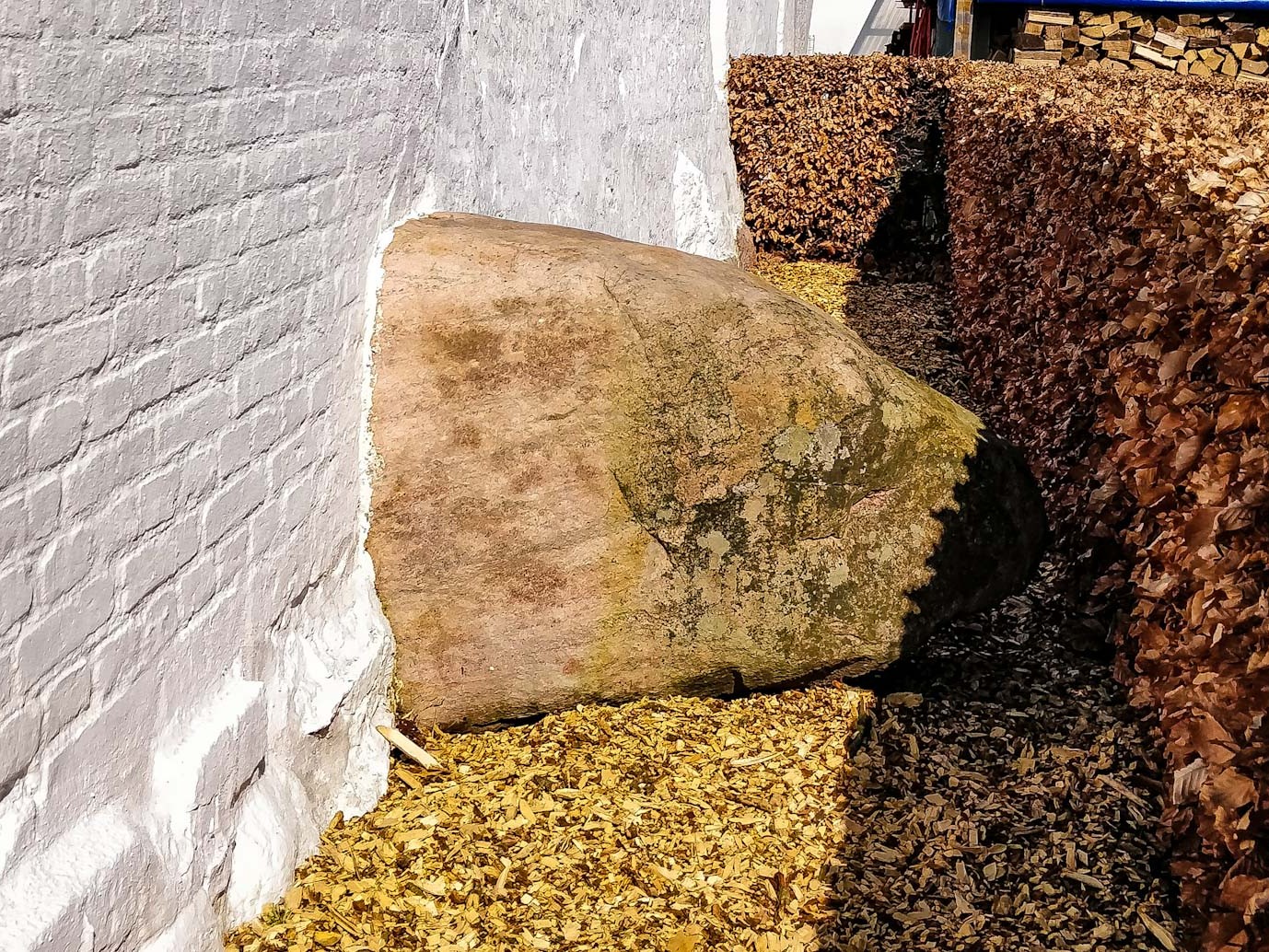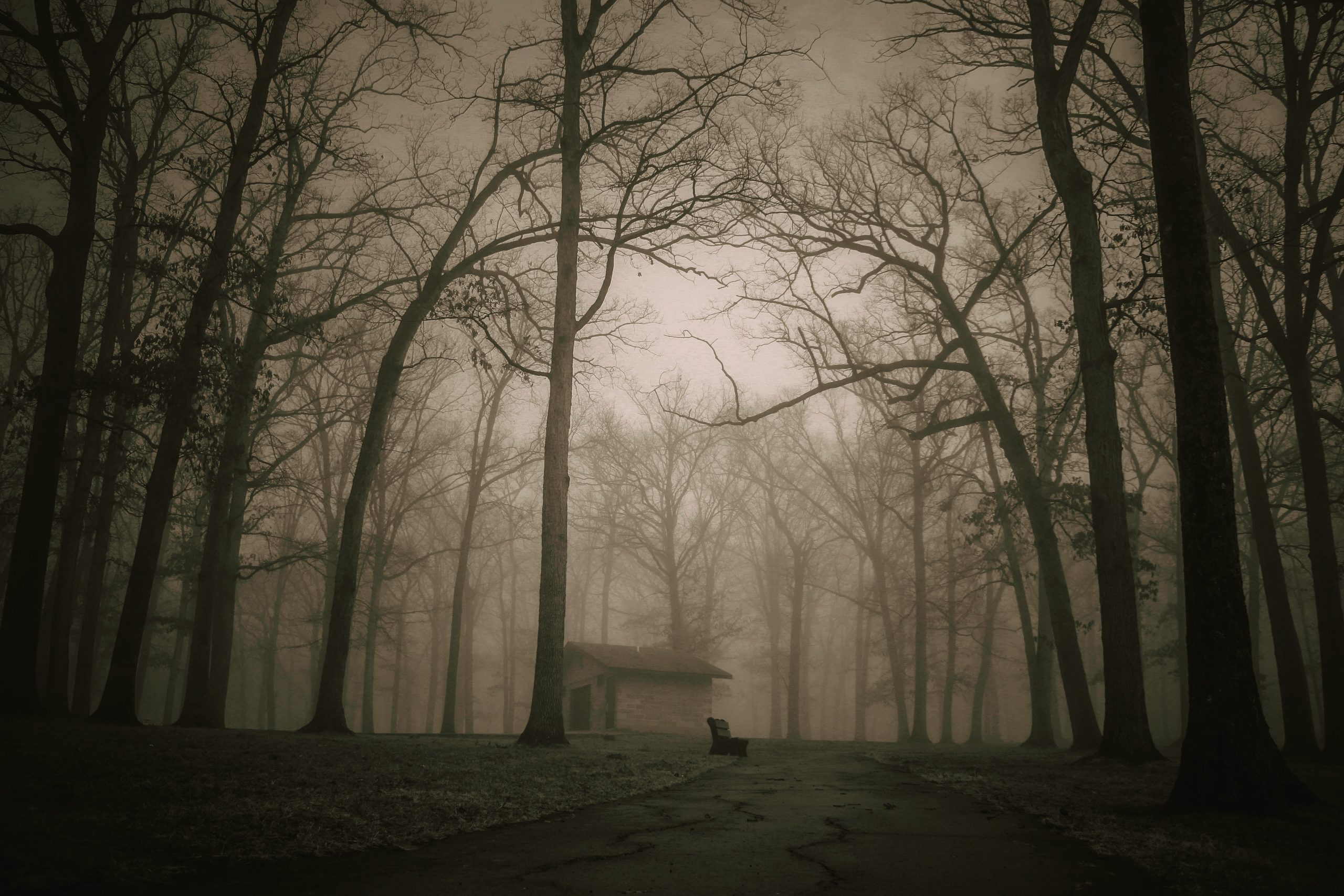GPS: 55.832800, 10.526950
Parking: 500 meter north of the spring (55.836379, 10.527893)
Good To Know: The spring well can sometimes be covered with sand and stones. If this is the case, it is requested that you do not dig into it
Nearby Attractions:
About the spring
Ilsemade or Else Made spring is one of Denmark’s most unique spring holy springs. The spring, which is still active, flows from a rather special well: an old, hollowed-out oak trunk carbon dated to 940 BC. It is not known whether the well itself also can be dated back to the Bronze Age, but there is much to suggest that the area was an ancient settlement where the spring may have played a role. Either way, there was a long period when it seems to have been forgotten. Then, in the Middle Ages, people started using the spring again, and it is from here that we have the various legends associated with it.
Legends about the spring
Overall, there are two types of legends associated with Ilsemade spring. Both involve a crucifix that has belonged to Onsbjerg Church since the 13th century.
The first legend is about a holy man who came to the island to spread the Christian faith. He used the spring to baptize the locals, who in turn paid him back by “baptizing him in salt water,” in which he drowned. The second type of legend also deals with a man – in some variants, however, a woman – whose body one day came floating to the shore on the Seal Stone (a stone supposedly still located near the shoreline). Attempts were made to carry the body to several of the island’s churches, but even with the power of four horses, it wouldn’t move an inch. When they finally tried to ride towards Onsbjerg Church, they succeeded.
In both of the legends, the dead holy person was buried near the east gable of Onsbjerg Church. The cross, which belonged to him/her, passed on to the church.
Commentary
Both of the associated legends are of a type that can be found all over Denmark and the other Nordic countries. Especially the latter, which can be traced all the way back to 1596, has much in common with the legends surrounding St. Helene. It also seems obvious that there is a pre-Christian connection between the spring and the legends. Especially when you take into account that the area has been an ancient settlement and that Onsbjerg used to be called Odinsbjerg.
Sources
- Mads Lidegaard – Danske Søer og Vandløb Fra Sagn og Tro
- Siegfred Svane- Danske Helligkilder og Lægedomskilder
Tags
In the same category…
Knud Lavard’s Haraldsted
Knud “Canute” Lavard is one of the most important saints of medieval Denmark. Today, however, the large majority of the population only recognizes his name because it adorns several streets throughout the country. But the memory of Knud lives on in the Haraldsted area, outside Ringsted
Tofte Holy Spring
From the old cemetery wall of Tibirke Church, in what is now an idyllic little park area, flows the legendary Tofte Spring. The spring has been sought out for its healing effects, going back hundreds of years, if not more
Saint Helene’s Tisvildeleje
The Tisvildeleje beach resort area is home to many relics, relating to the legend of Saint Helene of Skåne


